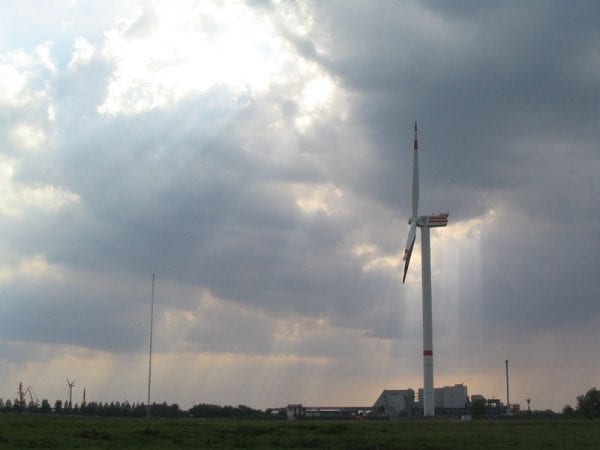
Environmentalist Policies Hurt Consumers, and Consumers Are Noticing
David B McGarry
May 15, 2024
Subsidies and regulations encouraging green-energy projects cost taxpayers handsomely, and projections for those costs have only risen with time. But, these projects cost taxpayers a second time in their capacities as consumers (as homeowners, energy ratepayers, and vehicle drivers).
As The Wall Street Journal reports, many Americans and Europeans have grown skeptical of rising energy prices and burdensome regulatory requirements. “Governments that were among the earliest in the world to adopt climate legislation tried to take the sting out of the transition by motivating consumers with subsidies,” WSJ writes. “Now, however, the same capitals are cash-strapped and many are passing the bill to the consumer. Subsidies are being scaled back, taxes tied to carbon emissions are being phased in, and rules requiring expensive renovations are starting to bite.”
The WSJ story provides several useful anecdotes. It reports the story of a European man whom environmental regulations forced to sell his historic Paris apartment for more than $50,000 below its value. There’s also the solar-panel-owning Californian households whose electricity rates have skyrocketed 127 percent, all while the state slashes the prices at which they can sell the energy they generate. One California farmer told WSJ that “Adding more panels, he said, ‘doesn’t make financial sense any more.’”
Especially in Europe, environmentalist regulatory folly has begun to incite political backlash. Two elements from the WSJ story illustrate why. First, summarizing research from Ernst & Young, WSJ explains that “Three-quarters of energy consumers say they have already done as much as they can to be sustainable, according to a survey of 100,000 people over 20 countries.” Consumers realize that public policy has raised their costs of living.
Second, Fatih Birol (executive director of the International Energy Agency) says that increased costs have fallen “on the shoulders of the low- and mid-income-level people in a disproportionate way.” This should surprise nobody. Regulatory costs nearly always disadvantage wealthy people the least. While a $50,000-per-year household might balk at paying double the price of a comparable combustion-powered car for an electric vehicle, a $200,000-per-year household might not. “The worst thing for the energy transition is that it is perceived as being done by and for the elites,” Birol adds. Recent polling indicating that urban, high-income, graduate-degree-holding Americans favor far more radical environmentalist policies than other demographics, substantiating Birol’s thesis.
Attaining an emissions-free economy remains a distant dream. Doing so by the deadlines environmentalist set – generally by 2035 or by 2050 – would require a rapid and unrealistic acceleration of infrastructure buildouts. Even then, market forces and technological deficiencies will likely doom any attempt at net-zero. Green energy simply cannot power modern industrial economies – particularly not as data centers and artificial intelligence demand an ever-increasing share of power output.
As Andrew Stuttaford notes in National Review, one of humanity’s essential advancements in recent centuries was to insulate economic activity against the unpredictability of climate and the natural world. A transition to green energy, which require winds always to blow and the sun always to shine, would renew man’s dependence on nature’s good will. The reality of what Stuttaford calls the “great leap backwards” asserted itself last year when, according to the U.S. Energy Information Agency, “U.S. electricity generation from wind turbines decreased for the first time since the mid-1990s…despite the addition of 6.2 gigawatts (GW) of new wind capacity last year.”
The plausibility of a future powered primarily by wind and solar energy was always more myth than science. Long buoyed by abnormally low interest rates, implausible research, unsustainable subsidization, the myth has foundered as supply-chain kinks, rate spikes, fiscal constraints, and – above all – real-world market failures demonstrate its falsehood. As the Taxpayers Protection Alliance has long argued, markets are working as free marketeers said they would, proving the wrong-headedness of ideologically motivated green-energy projects and efforts at central planning (and of ill-advised reactionary regulatory proposals).
Unfortunately for taxpayers and consumers, many officials – on both sides of the Atlantic Ocean – remain committed to net-zero. So long as they carry on, unbothered by the mounting evidence to the contrary, the average citizen will bear the financial costs.
